The Alfa Romeo Brabham was developed by London-based EPTA Design, and was inspired by a project commissioned in 2016-2017 to create an extreme racing vehicle for a science fiction film set in the racing world.
Before starting to draw, the team completed an extensive research to better understand the racing world, the scenery, anecdotes, the automobiles, the protagonists, their victories and accidents and tried to imagine how the racing world could evolve.
This preliminary research and study of all the material for the film have fueled the desire to test the team with a “Redesign” project based on the “What If?” question. The designers identified Brabham as a historic brand that offered a great opportunity to imagine a a modern evolution and transposition of an iconic car.
This choice also followed several rumors of a possible return of Alfa Romeo to the F1 world and the 40th anniversary of the revolutionary, maybe even too innovative, Alfa Romeo-powered Brabham BT46B developed by Gordon Murray for the Bernie Ecclestone racing team.
As a result, the design team decided to combine these inspirations and create an Alfa Romeo F1 car that would represent a modern transposition of the original BT46B and its technological innovations.
The most distinctive feature of the BT46B was its rear fan, that while was officially presented as a cooling device, it also generated an immense amount of downforce through ground-effect.
In its first and only race, the 1978 Swedish Grand Prix at Anderstorp, the BT46B driven by Niki Lauda achieved an overwhelming victory.
The concept by Epta Design maintains the rear aspiration fan, which is complemented by a cooling system that has been moved and integrated into a pair of aerodynamic wings, with tubes passing from the body and entering the radiator.
Additional highlights, developed taking into consideration the current F1 regulations and technical trends, include:
- Three carbo-ceramic exhaust that overlook the characteristic aspiration fan.
- Double parallel shark fin, coupled with a movable, single rear wing
- Sightly larger dimensions and increased weight compared to the current single-seaters (as over time the F1s have increased in size)
- The small original windshield has become an integral dome that completely protects the cockpit’s cockpit,
- Reinforced suspension system
DISCLAMER: Some of the names, logos, and brands mentioned and shown in these drawings are trademarks owned by their respective owners. All right reserved. All the the names, logos, and brands used them for illustrative purposes only and are not used for profit. Illustrations, art and design by EPTA Design ltd London.
(Image Courtesy: EPTA Design for Car Body Design)

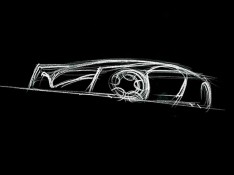
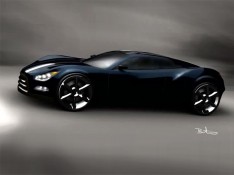

 share on Buffer
share on Buffer




















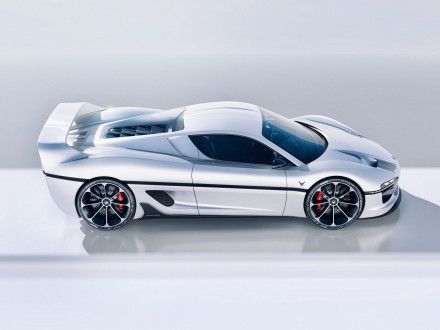
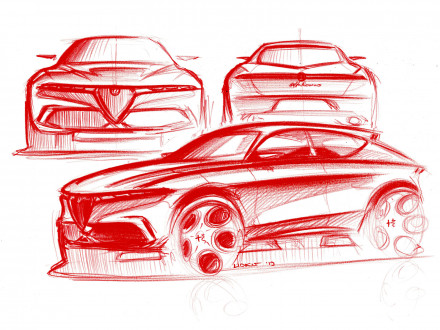
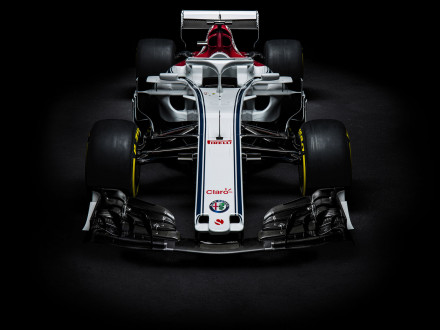






Comments